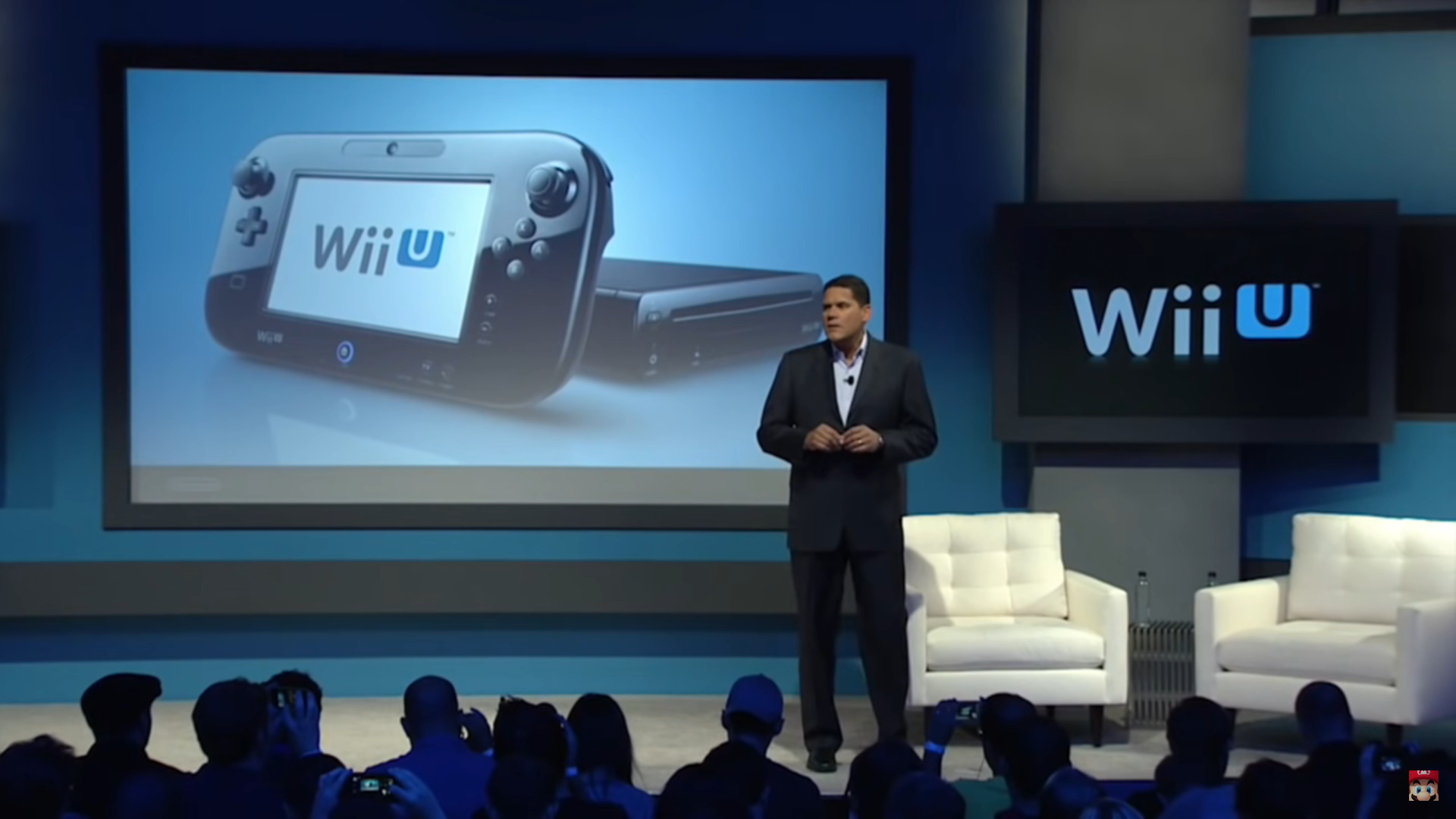
In 2011, Nintendo of America president Reggie Fils-Aime took the stage at E3 and declared, “Welcome to the world of Wii U!”
That world didn’t last long – the Wii U went down in history as one of Nintendo’s worst-selling consoles. However, it did do something remarkable: It paved the way for the now ubiquitous and beloved Nintendo Switch handheld gaming console. But 13 years ago, people weren’t sure what to expect of the Wii U. Was it a home console, a portable console, or something else?
A similar sense of confusion has surrounded the long-awaited Apple Vision Pro. It’s one of Apple’s most ambitious products ever, but it can’t seem to instantly connect with people the way the iPod or iPhone did. KGI Securities market analyst Ming-Chi Kuo, often regarded as one of the best Apple analysts on the planet, revealed more bad news this week: The Vision Pro is not living up to its initial sales estimates. It darkens an already gloomy picture of the headset’s future.
But is the Apple Vision Pro actually doomed, or is it simply the latest in a storied history of tech comebacks? The answer lies in a tale of two failed products: the Wii U and the Google Nexus Q.
How the Wii U’s failure reshaped Nintendo

The Wii U was undoubtedly a flop – but a necessary one.
The Wii U is one of Nintendo’s most interesting products, which is really saying something considering the company’s resume also includes the Game Boy camera.
Many people's initial reaction was one of cautious curiosity—the Wii U was a neat idea, but could it stay afloat compared to more specialized home and portable consoles? Nintendo marketed the Wii as a multiplayer console but gave it a single-player accessory, leading to confusion about whether the Wii U was any good at either type of gaming. Investors were not optimistic. Nintendo’s stock fell 5 percent after Fils-Aime’s E3 presentation.
Nintendo sold only about 13.5 million Wii U consoles. That’s pretty meager compared to the 154 million Nintendo DS consoles (the iconic foldable handheld console released in 2004) and the 101 million Wii consoles Nintendo sold in the years before the Wii U’s launch.
The Wii U was undoubtedly a flop – but a necessary one. Nintendo took that curious new controller it designed for the Wii U and recycled it for the Nintendo Switch, the third highest-selling video game console in history, with 139 million units sold.
That ill-fated E3 presentation in 2011 was the beginning of something big for Nintendo, although no one could have known it then. Over a decade later, the Apple Vision Pro is in a similar position. It borrows ideas from earlier products but uses them in new ways with new capabilities and features. People find the technology interesting, but they’re not quite sure what to make of it yet.
Is the Apple Vision Pro following in the footsteps of the Wii U, paving the way for a successor that will fulfill its potential? Maybe, as long as it doesn’t fall into the trap of another infamous tech flop: the Nexus Q.
The cautionary tale of the Nexus Q, Google’s biggest flop

The Nexus Q, a gray orb with ports in the back, received so much skepticism upon its debut at Google I/O in 2012 that it never survived pre-orders.
Few people remember the Nexus Q today, and Google’s executives probably prefer it that way. It’s widely considered one of Google’s biggest missteps, even among a graveyard that includes the likes of Google+ and Google Glass.
The Nexus Q was a pricey home streaming device. A gray orb with ports in the back was supposed to sell for $299 but received so much skepticism upon its debut at Google I/O in 2012 that it never survived pre-orders. It didn’t help that there were already cheaper streaming devices, like the Roku, that could do far more than the Nexus Q. Google faced so many complaints that it was forced to cancel the Nexus Q’s launch.
The Apple Vision Pro at least made it to launch, but it’s not out of the woods yet. There were plenty of issues with the Nexus Q, but they boil down to asking a lot of money for something that lacked features and innovation – much like a few of the leading complaints about the Apple Vision Pro.
As of 2024, there are only about 1,000 native apps for visionOS, the operating system for the Vision Pro. In addition to a small app library, key popular apps, like Netflix, Spotify, and even YouTube, are missing. That’s not a good sign, considering limited functionality was one of the main things that killed the Nexus Q. The Vision Pro also has a high price for a market that doesn’t seem sure if it needs one.
Despite those red flags, it seems the Apple Vision Pro is more likely to follow in the footsteps of the Wii U rather than the Nexus Q. The Vision Pro might go down as a failure, but maybe the headset itself wasn’t actually the main event.
The Vision Pro is walking so something else, a few years from now, can run.
Welcome to the world of spatial computing

The Vision Pro is walking so something else, a few years from now, can run.
Headsets aren’t new. Apple didn’t invent VR or AR. It did invent visionOS, bringing the concept of spatial computing into the public consciousness. As Tim Cook said in his presentation for the Vision Pro at WWDC 2023, “Apple Vision Pro will introduce us to spatial computing.”
That’s the point of the Vision Pro. It wasn’t designed to be a perfect headset – it was designed to be an ambassador for spatial computing. It will take time for users and developers to figure out what they enjoy using this new interface for, just like it took time for gamers to realize they enjoyed the form factor of the Wii U’s new controller.
The Vision Pro is more expensive than Meta’s Quest headsets, but unlike the Nexus Q, it’s adding something new to the AR/VR market. It’s using AR in a way no other company has truly been able to, although others have tried. Despite all its drawbacks, spatial computing is where the Vision Pro truly stands out. It’s that glimmer of what could be down the line.
It’s not a question of whether the Vision Pro is a flop. It’s a question of how well Apple will leverage what works about its first headset the same way Nintendo leveraged what worked with the Wii U. That’s why the Vision Pro will likely be Apple’s worst-selling headset, but in the same way that the Wii U is among Nintendo’s worst-selling consoles.
There are rumors of a sequel to the Vision Pro slated for 2025, although Apple may push their next headset back to 2026 or later. The next couple of years might not see a boom in Vision Pro sales, but they will give Apple time to sift through its own mixed reviews and pinpoint that spark of potential in its first headset, that special something that made early adopters call visionOS “magic” time and time again.
The Apple Vision Pro may be a flop, but the story of spatial computing is only beginning.







